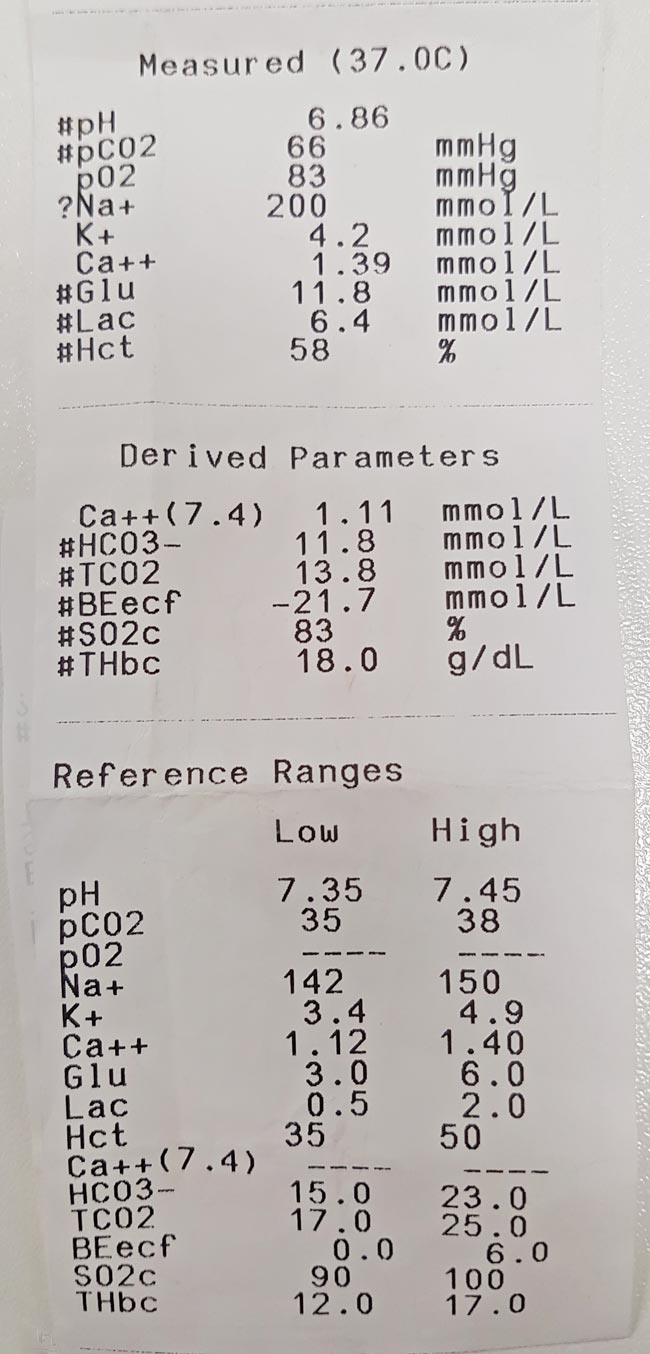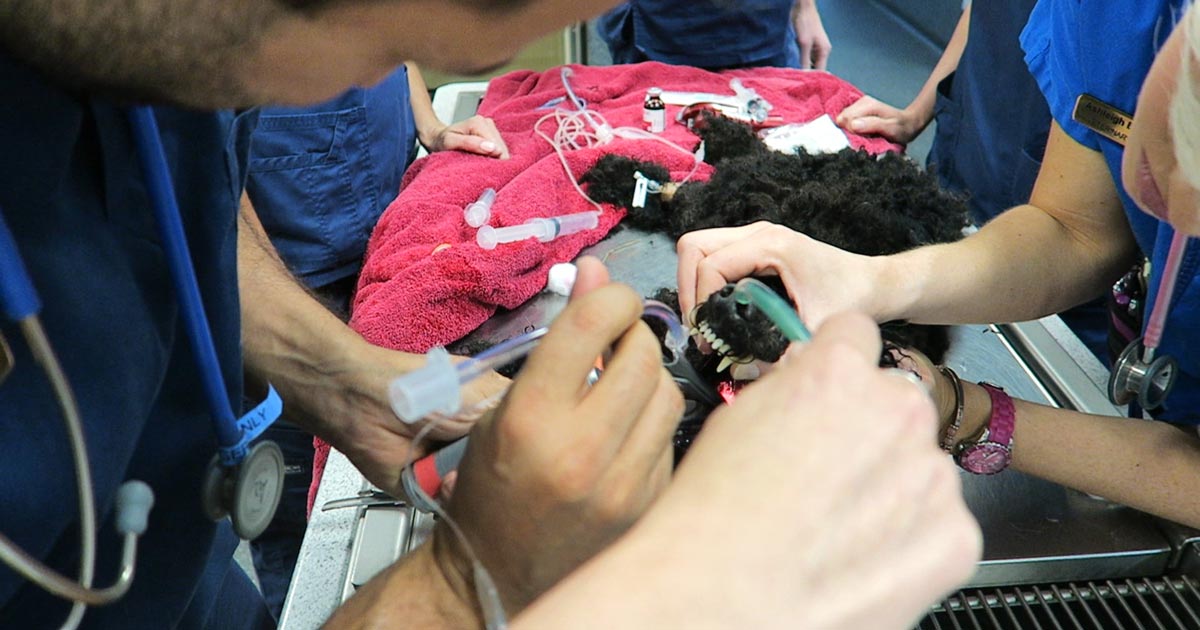Building on from last week’s blog on telephone advice, this is what I advise owners they can do at home if their pet has been exposed to a toxin.

The main exposure routes are ocular, dermal and gastrointestinal.
Ocular
Acids and alkalis cause the most severe effects, as they can cause ongoing damage for some time after initial contact.
Eye irrigation
Avoid contact lens solution as this can cause further irritation. Instead, I recommend:
- tepid water, saline or distilled water
- 20 to 30 minutes (ideally)
- rinse from medial to lateral, to avoid contamination of the other eye
Once the eye(s) have been flushed, recommend the animal be taken to the veterinary clinic for further assessment. Corneal ulceration can be difficult to see with the naked eye.
Dermal
Owners need to take precautions to protect themselves from contact with the toxin. The aim here is for owners to remove as much of the toxin off the skin of their pet without exposing themselves to it.
The most common method is bathing or rinsing with a mild dish soap in warm water. If it is a dry power and it safe, vacuuming off the powders may be tried, unless risk of aerosolisation of the toxin is high.
Gastrointestinal
Oral exposure
Ideally wearing gloves, instruct the owner to wipe the inside of the lips and over the gums using a damp dish cloth to try to remove any toxin remaining on the mucous membranes. Warn the pet may try to bite and, if it does, to stop immediately.
Ingested toxins
Inducing emesis depends on the type of toxin, but, either way, I do not recommend emesis induction to be performed at home. I have seen disastrous effects from salt slurries (Figures 1 and 2).
Emesis induction is most safely performed in a clinical setting where the medications that can be administered are safer and more effective.
Seizures
Nothing can be done at home to stop a seizure. If a toxin is causing a pet to seizure then it is unlikely they will stop, so will require medications. The pet will need bringing into the clinic immediately.
I suggest owners do not try to put their fingers in their pet’s mouth, as they are very unlikely to choke on their own tongue.
Wrap them in a blanket to help prevent injury to the owners. Once in the car, keep the head slightly down – if they do vomit or have large amounts of foam then it is allowed to fall out of the mouth, not build at the back of the mouth and lead to aspiration.

Leave a Reply